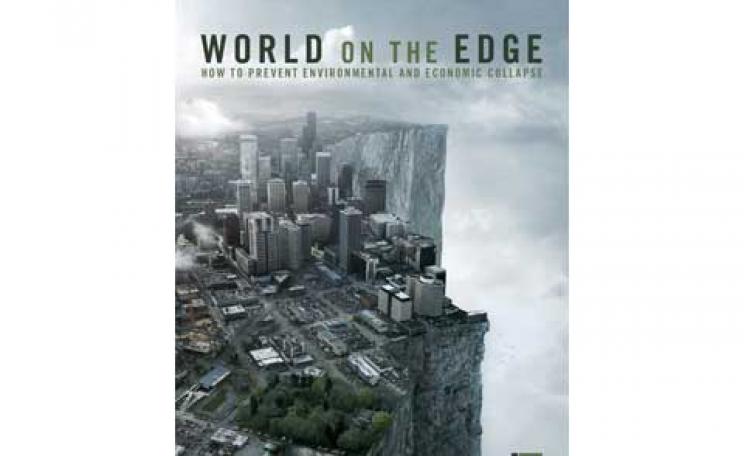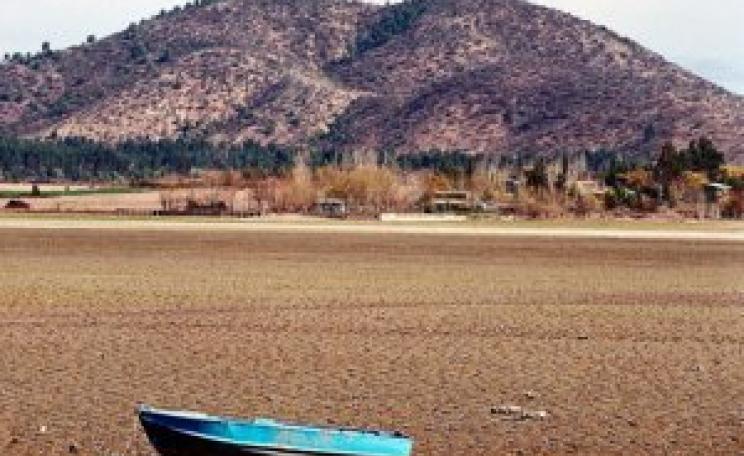As the world’s second most cultivated grain and the most important staple food for a vast majority of the world’s population, rice and the fields in which it is grown has a serious impact on the environment.
The organic waste and lack of oxygen in water-covered paddy fields provide a fertile feeding ground for certain types of greenhouse-gas-producing bacteria. Global rice production accounts for as much as 25 million tonnes a year of methane.
But experts at the Chinese Academy of Science have found that draining rice paddies once during the growing season, as well as applying leftover ‘rice straw’ off-season, could cut methane emissions by 30 per cent (7.6 million tonnes).
‘Draining allows organic material to decompose aerobically as it is not covered by standing water,’ said lead scientist Yan Xiaoyuan of the Institute of Soil Science, Chinese Academy of Sciences.
The study reveals that allowing ‘rice straw’ – leftover stems and leaves – to decompose in the open air of a drained field results in reduced emissions. Rice straw is traditionally ploughed back into the soil; once the paddies are reflooded the microorganisms feeding on this matter begin to produce methane.
Although continuous draining would lead to increased levels of another harmful greenhouse gas, nitrous oxide, the rise was negligible when compared to the reduction in global warming potential from reduced methane output, the scientists concluded.







